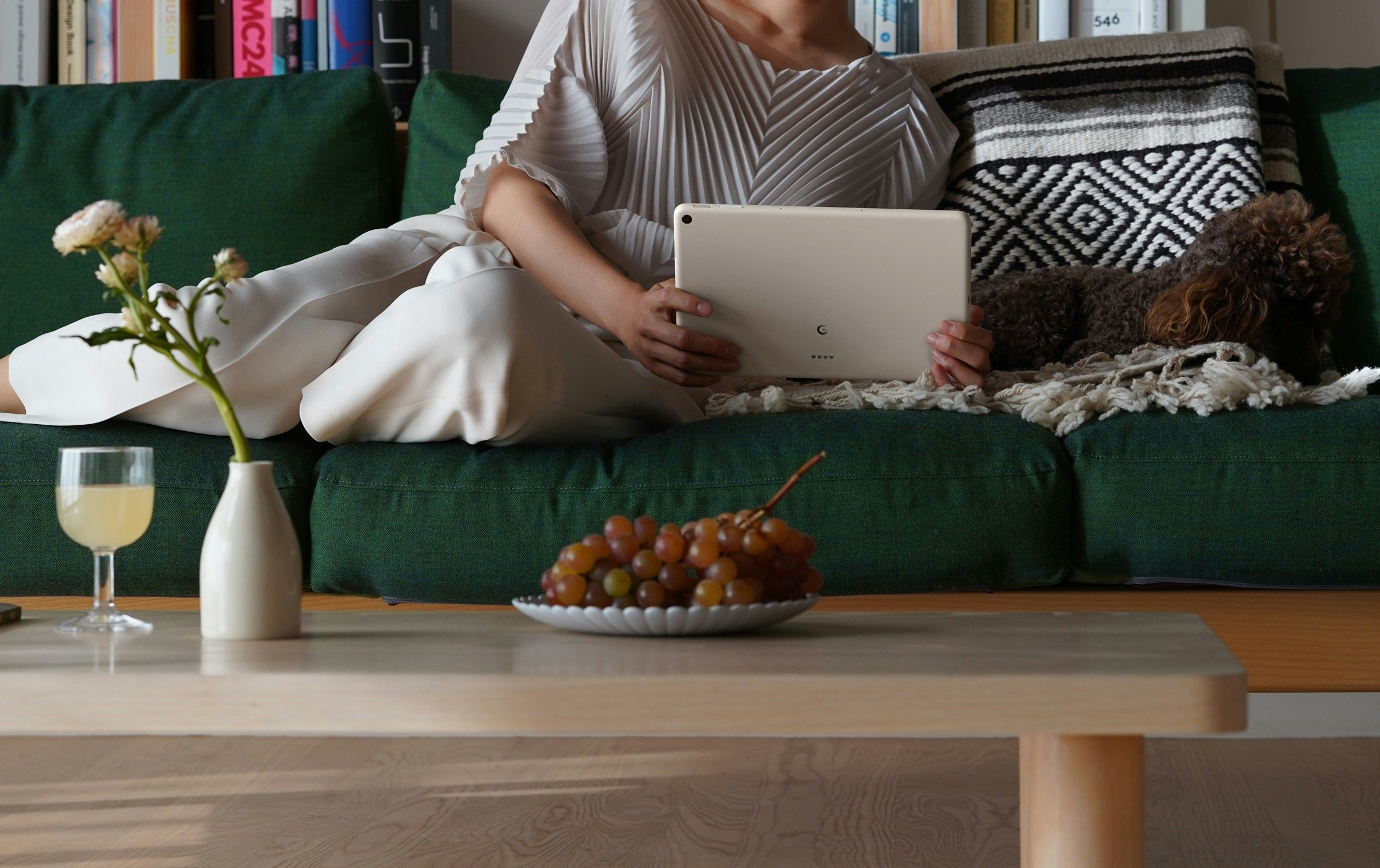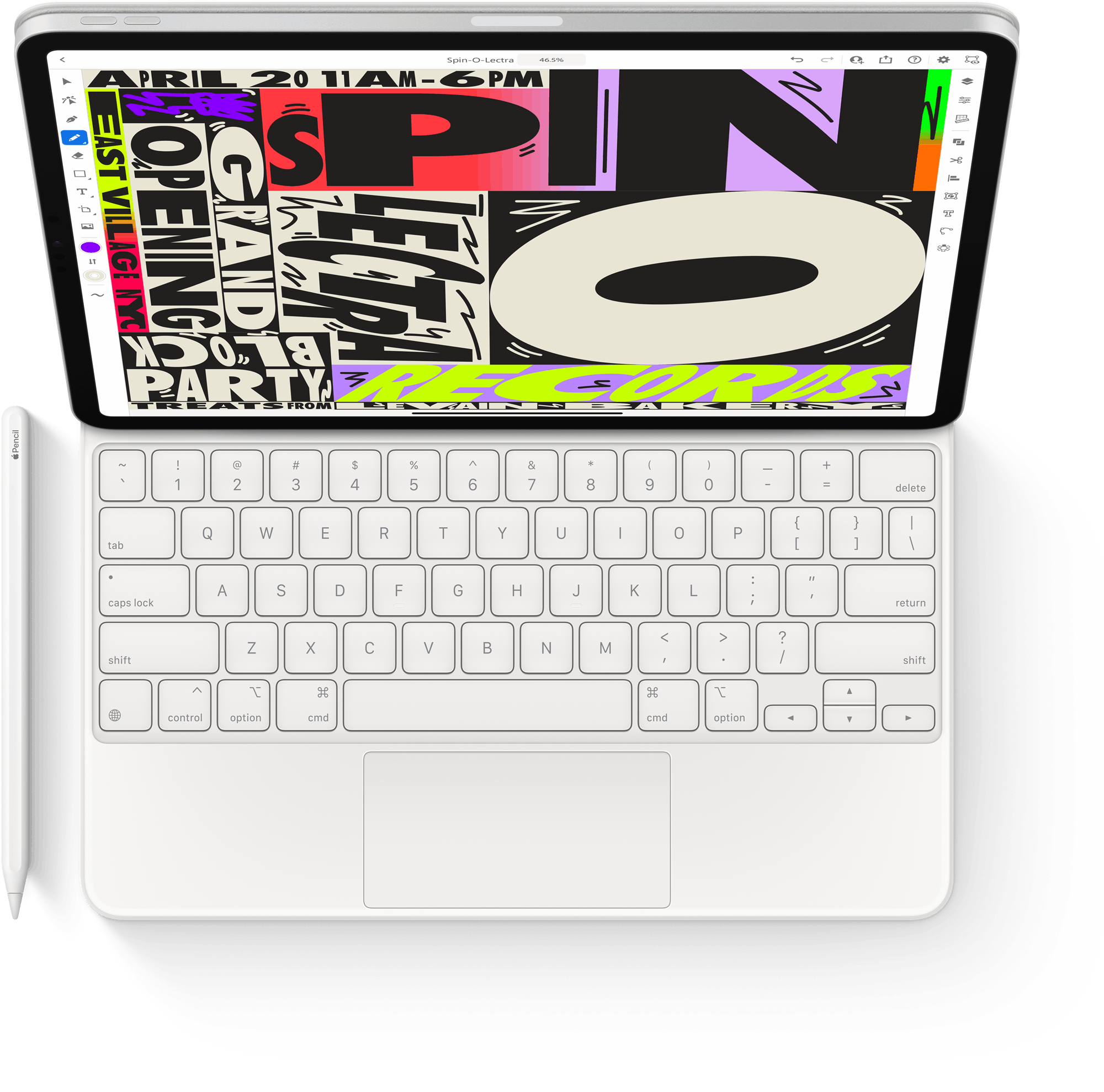
The Pixel Tablet might not be available to purchase until 2023, but the new features Google shared from its Pixel 7 launch event on Thursday have reframed what looked to be a pretty standard tablet into possibly the most exciting Pixel hardware to buy.
The big idea is combining an area Google’s already pretty invested in (the smart home) with an area that’s underdeveloped, but ripe for growth (Android tablets) by giving the Pixel Tablet a charging dock that lets it behave like a Nest Hub Max. It’s not an entirely original idea, but there are a few good reasons to believe it could be the Pixel that actually connects with people.
3. Nest is familiar and good

Google is multiple generations into its Nest smart home products — covering cameras, doorbells, smart displays, and more — and the general consensus is that while features and prices vary in comparison to competitors, all of Google’s smart home hardware is buoyed by the general quality of the Google Assistant.
The Google Nest Hub and Nest Hub Max are good products that people like. It just makes sense to make a tablet that looks like one when you slap it on its dock, and that’s exactly what Google is doing with the Pixel Tablet.
Leaks suggesting that Google might be heading this way were circulating even before Google revealed the Pixel Tablet, but Thursday’s Pixel event confirmed it — Google thinks its tablet can be just as “helpful in your hand” as it is “helpful in your home.”
2. Tablets are an easier sell

Your smartphone is personal, it has your messages, and your photos, and is probably connected to a wearable device that’s collecting even more intimate health data about you. Google’s had a hard time convincing people to choose its Pixel phones, and with the head start Samsung has, offering great smartphones at multiple price points, it's no wonder Galaxy phones are the Android phones most people pick. Recent data suggests the total number of Pixel phones Google’s sold to date adds up to about a tenth of what Samsung sells in a year.
The story isn’t the same with tablets. They’re both less personal as devices that are still mostly focused on media consumption and web browsing, and without a standout Android option. Samsung has continued to make its version of an Android tablet and develop software features to make them behave more like PCs, but I don’t think anyone is as locked into a Samsung Galaxy Tab S8 Ultra as they are a Samsung phone. As the creator of Android, that could be Google’s chance to shine.
1. No need to go Pro

Rumors point to Google possibly developing a “Pro” version of the Pixel Tablet, but for the time being, what the company has shown off has focused on what we know tablets are good at. And that’s more casual use cases like video chatting, media consumption, and couch-based web surfing.
Apple’s been banging the pro tablet drum for a long time and has some great apps to show for it, but the reality is creatives have to change their workflows to accommodate a tablet, rather than the other way around. There really hasn’t been a pro tablet that the average person can work on that doesn’t also run a desktop operating system.
Google should want to change that and encourage developers to develop tablet-specific apps, but for the time being, the changes the company’s made with Android 12L, Android 13, and hopefully next year’s Android 14 might be enough.
This year’s Pixel event was about demonstrating that there’s now an entire Pixel ecosystem to offer customers that just work better together. But because of the current state of Android tablets — and the development of Google’s smart home technology — it seems like the Pixel Tablet might make the best case for Google hardware overall.







